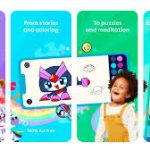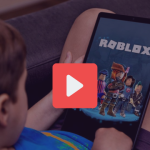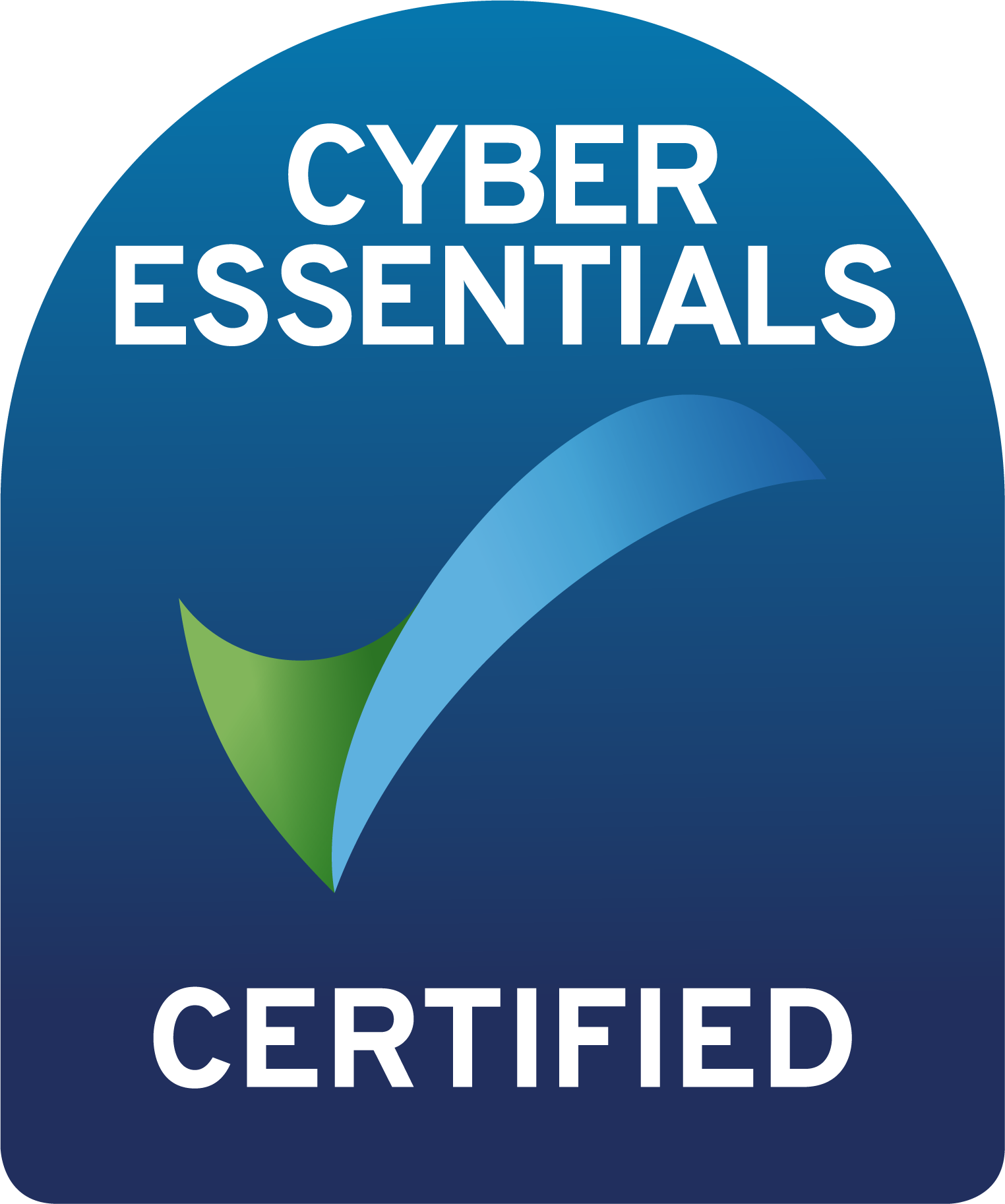Not all students learn the same way — and that’s a good thing.
Some thrive when they can physically engage with what they’re learning. Others prefer to read, highlight, and take neat notes in the margins. Whether your child prefers to move, watch, or quietly absorb information, the right study tools can make a huge difference in their motivation and retention.
Below is a carefully curated list of apps and platforms that cater to different learning styles — particularly hands-on learners and book-loving learners. We’ve included key features and pricing to help you decide what’s worth trying.
How to Stay Motivated During Exam Season
It’s easy to lose focus when revising, especially with long study hours. Here are some strategies to keep energy levels high:
-
Break it down – Study in short, focused sessions with breaks in between.
-
Change environments – Moving to a different study space can refresh focus.
-
Set clear goals – Have a daily revision plan with achievable targets.
-
Reward progress – Small incentives, like a short break or a treat, can keep motivation up.
-
Mix study methods – Even if you prefer one learning style, switching techniques can prevent boredom and reinforce learning.
Some popular study apps for students
For Hands-On and Visual Learners
These are students who remember best when they can interact with the material — through visuals, movement, games, or creation.
1. Khan Academy
Price: Free
Best for: Visual and interactive explanations of math, science, history, and more
Key Features: Short video lessons, quizzes, mastery tracking, and learning paths.
Why it works: Clear visuals and step-by-step explanations help make abstract ideas concrete.
📍 Great for learners who like to see how things work and go at their own pace.
2. Quizlet
Price: Free (with Quizlet Plus at £35.99/year)
Best for: Flashcards, games, and testing yourself
Key Features: Create or explore pre-made flashcards, play memory games, use Learn mode, and track progress.
Why it works: Gamifies studying and helps learners engage through repetition and active recall.
📍 Perfect for revising vocabulary, key dates, or scientific terms in a more hands-on way.
3. Brainscape
Price: Free (Pro version at £8/month or £48/year)
Best for: Spaced repetition with flashcards
Key Features: Rate how well you know each concept, and the app personalises the review schedule.
Why it works: Helps with long-term memory retention through repetition based on actual confidence levels.
📍 Helpful for students who want to really remember things over time.
4. Blooket
Price: Free (Plus plan at £30/year)
Best for: Learning through fast-paced, game-based quizzes
Key Features: Teachers and students can create quiz games that feel more like Kahoot! meets Mario Kart.
Why it works: Turns studying into something fun, fast, and competitive.
📍 Engaging for students who enjoy gameplay and competition.
📚 For Book-Loving and Traditional Learners
These students often prefer quiet, focused study time, where they can read, take notes, and review in a structured way.
5. Notion
Price: Free for students (Personal Pro plan is also free with a .edu email)
Best for: Note-taking, project planning, and organising information
Key Features: Customisable pages, databases, to-do lists, calendars, and more
Why it works: Helps keep learning materials, revision notes, and study plans in one place.
📍 Ideal for learners who enjoy structure and want to build their own digital study journal.
6. Goodnotes (iPad only)
Price: £8.99 one-time purchase
Best for: Handwritten notes on a digital notebook
Key Features: Write with a stylus, search handwritten notes, organise subjects into notebooks
Why it works: Mimics real notebook use with digital features that make reviewing easier.
📍 Great for learners who love traditional note-taking but want to go paperless.
7. Anki
Price: Free on desktop and Android, £24.99 on iOS
Best for: Advanced flashcards with spaced repetition
Key Features: Highly customisable flashcards, supports images, audio, and advanced formatting
Why it works: Uses proven memory techniques to help with long-term retention, especially for serious study.
📍 Ideal for exam prep, medical or language learning, and students who enjoy building detailed flashcards.
8. Libby (by OverDrive)
Price: Free (with a local library card)
Best for: Accessing eBooks and audiobooks
Key Features: Borrow books from your library digitally, download or stream instantly
Why it works: Gives students access to quality reading material, whether they prefer to read or listen.
📍 Perfect for book-lovers and learners who enjoy self-paced reading.
Top Digital Tools for Reading/Writing Learners
Some students thrive on words—reading, writing, and taking notes help them understand and retain information. Here are some great tools to support their study sessions:
Evernote – A digital notebook where students can store, organize, and search notes effortlessly.
Penultimate – An iPad app for handwritten notes that allows students to write and sketch while keeping everything organized digitally.
Caption.Ed (from £10/month) – Converts lectures and recordings into text, making it easier to create detailed study guides.
Quizlet – A flashcard-based app that reinforces learning through repetition and self-testing.
For reading/writing learners, writing out key points, summarizing topics, and organizing notes can be the best way to prepare for exams.
How to Create the Perfect Study Plan
How to Create a Study Plan That Actually Works
Every student knows they should study — but knowing where to start is often the hardest part. A study plan gives structure, helps with time management, and reduces last-minute stress before tests or deadlines.
More importantly, it teaches students how to set goals, take responsibility, and build habits that last beyond school.
Whether your child is revising for exams or trying to stay on top of weekly homework, here’s a step-by-step guide to building a realistic and effective study plan.
Step 1: Know What Needs to Be Done
Before creating a plan, your child needs a clear picture of what they’re working toward.
Help them:
List all subjects or courses
Identify upcoming tests, assignments, and deadlines
Break big goals into smaller, manageable tasks (e.g. “Revise Chapter 4” instead of “Study Science”)
Use a planner, whiteboard, or digital tool like Notion, Google Calendar, or Trello to keep this overview visible.
Step 2: Understand Their Schedule
Students often forget how much time is already taken by school, activities, meals, and downtime. Look at their week and figure out when they actually can study.
Ask:
What days are busiest?
When are you most alert — morning, afternoon, or evening?
How much time can you realistically commit each day?
💡 Tip: It’s better to study for 30 focused minutes regularly than to cram for three hours once a week.
Step 3: Set Study Blocks, Not Marathons
Break study time into focused, short sessions. The Pomodoro technique (25 minutes of study, 5-minute break) is a popular method.
A good plan includes:
Study sessions (25–45 minutes)
Short breaks (5–10 minutes)
Longer breaks between subjects or after two sessions (20–30 minutes)
This helps with energy, focus, and memory retention — especially for younger teens.
Step 4: Mix Subjects and Methods
Studying the same subject for hours is exhausting and ineffective. Encourage your child to:
Rotate subjects to keep things fresh
Start with a subject they enjoy to build momentum
End with a confidence boost or light review
Also vary how they study:
Flashcards for key terms
Practice questions or past papers
Mind maps or summary notes
Watching videos or using apps like Khan Academy or Quizlet
Different tasks activate different parts of the brain, which supports deeper learning.
Step 5: Plan for Review and Self-Testing
Build in time to review what’s already been studied. Spaced repetition — reviewing material several times over days or weeks — helps move information into long-term memory.
Include:
A weekly review session (e.g. every Sunday)
Quick self-quizzes after each topic
Past paper practice before exams
Tools like Brainscape, Anki, or simple index cards are great for this.
Step 6: Make It Visible and Flexible
Once the plan is built, make it easy to follow:
Use a weekly planner (printable or digital)
Write it out on a wall calendar or whiteboard
Set reminders or alarms if needed
And importantly — be flexible. Life happens. A good plan allows for missed days, changes in energy, or last-minute school projects.
Step 7: Track Progress and Reflect
Check in at the end of each week:
What worked well?
What was difficult?
What needs to change?
Even a 5-minute reflection can make a big difference in building self-awareness and motivation.
Final Thoughts: Find What Works for You
Every student is different, and there’s no one-size-fits-all approach to studying. Whether you prefer writing and reading or hands-on learning, the key is to experiment with different methods and tools until you find what works best.









